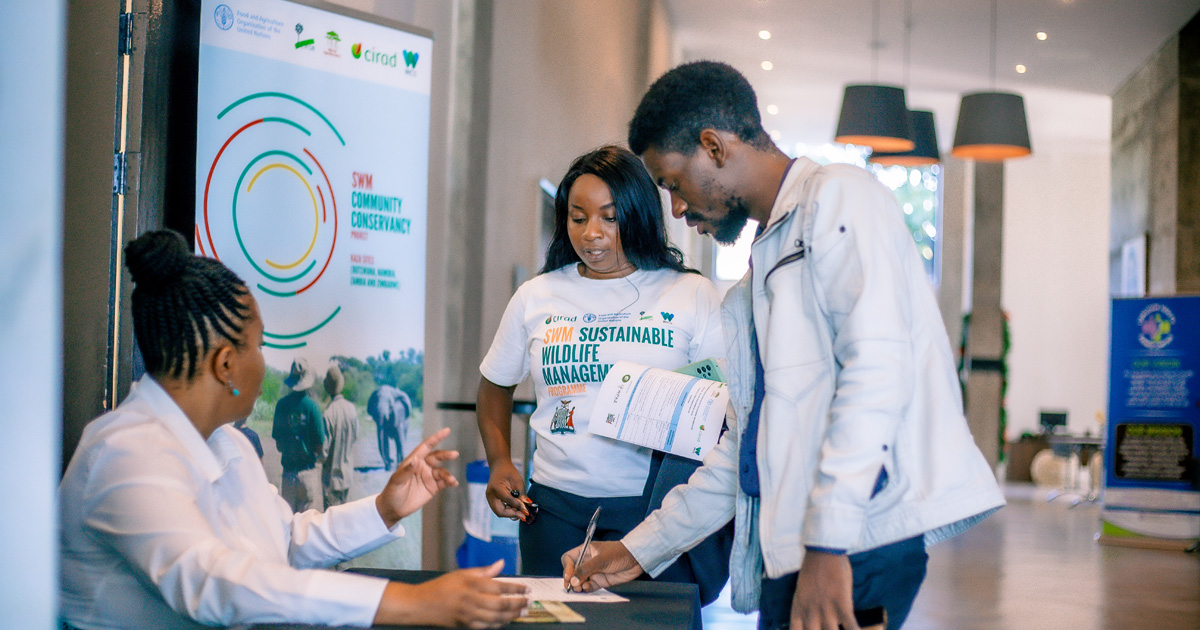In a six-year-old peach palm (Bactris gasipaes) plantation, centrosema (Centrosema macrocarpum), a leguminous forage plant, was established as a cover crop which was eventually grazed. This experiment was designed to monitor probable changes in soil physical and chemical properties and measure peach palm fruit production and live-weight gain of cattle grazing this silvopastoral system. The experiment was installed on land that was previously cleared by a D7 bulldozer having a straight blade that mixed the thin layer of topsoil with the acid subsoil (20–40 cm) and severely compacted the soil. The results demonstrated that the centrosema cover crop reduced soil bulk density, increased water infiltration rates and reduced mechanical resistance. In general soil physical properties were improved with the use of Centrosema as forage and cover crop. Soil acidity and aluminum saturation decreased considerably, while potassium concentrations increased. Calcium and magnesium concentrations decreased over time as these minerals were stored in the pasture biomass, translocated to fresh peach palm fruits and/or exported to animals. A strong competition for nutrients was observed between the peach palm plants and Centrosema. The low production of peach palm fruits was in response to mechanized land clearing during initial establishment of the plantation, and also probably due to deficits of N, P, K, Ca and Mg in the soil instead of being a consequence to the presence of cattle. The average increase in live-weight gains of the cattle was at a rate of 445 g/animal/day during the four-years of the study. Such an increase is substantially greater than those registered in the area under traditional grazing systems used in the region.
DOI:
https://doi.org/10.1023/A:1006075114659
Altmetric score:
Dimensions Citation Count:

Publication year
1998
Authors
Arevalo, L.A.; Alegre, J.C.; Bandy, D.E.; Szott, L.T.
Language
English
Keywords
acid soils, agroforestry, bactris gasipaes, cattle, centrosema macrocarpum, cover crops, crop yield, fodder crops, nutrients, silvopastoral systems
Geographic
Peru























